
A warm welcome from the organisers!
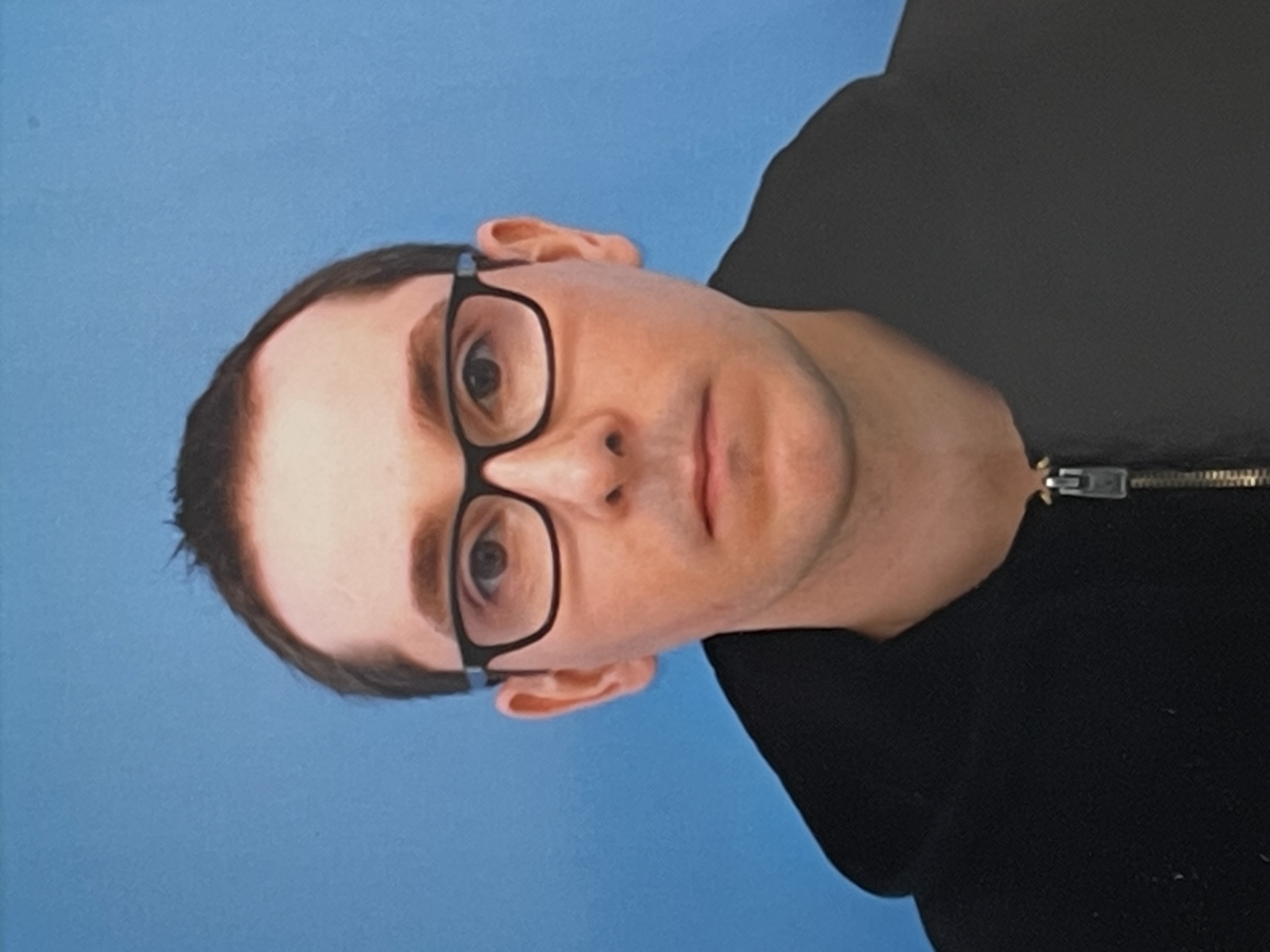
|
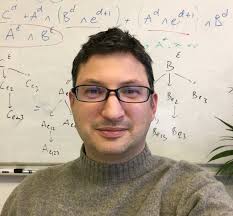
|

|
| Diego Thomas | Vincent Nozick | Takuya Funatomi |
Self introduction and presentation slides.
- Kindly include your self-introduction slides to this Google Slide.
- Kindly include your presentation slides to this Google Slide.
We thank our generous sponsors
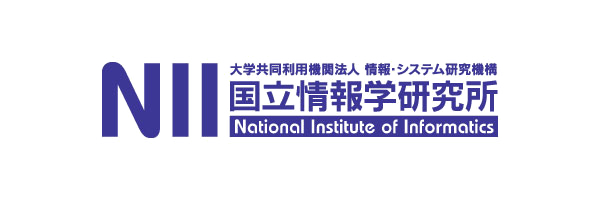
|
What is a Shonan Meeting?
Excerpt from NII:
NII Shonan Meetings, following the well-known Dagstuhl Seminars, aim to internationally promote informatics its research, by providing another world's premier venue for world-class scientists, promising young researchers, and practitioners to come together in Asia to exchange their knowledge, discuss their research findings, and explore a cutting-edge informatics topics.
The meetings are held in Shonan Village Center near Tokyo, which offers facilities for conferences, trainings, and lodging in a resort-like setting. The friendly and open atmosphere is to promote communications among participants. The NII Shonan Meetings are managed by National Institute of Informatics (NII), Japan.
Meeting Abstract
In the last decade, deep learning has become ubiquitous in Computer Vision to solve various tasks ranging from object recognition to 3D and 4D capture. A vast majority of recent scientific papers published in top level venues such as the international conference on Computer Vision and Pattern Recognition (CVPR), the International Conference on Computer Vision (ICCV) or the IEEE Transaction on Pattern Analysis and Machine Intelligence (TPAMI) rely on deep neural models formulated in the linear algebra. This is because of the simplicity of the basic operations in the neurons: scalar multiplication and addition, and the availability of many existing tools such as auto differentiation in pytorch. However, for some tasks such as 3D transformation, other algebras such as Clifford Algebra (also called Geometric Algebra) have proven to be more efficient. Deep neural networks formulated with geometric algebra have been proposed recently, with promising applications in Computer Graphics. However, none has been applied yet to solve Computer Vision tasks.
The meeting is envisaged to focus on new settings and applications of AI models defined with Geometric algebra for tasks in Computer Vision such as 3D and 4D capture. The meeting will invite internationally leading and renown researchers in the fields of Geometric Algebra, Computer Vision and Computer Graphics, whose contributions are likely to be essential to the field. We anticipate that the meeting will foster discussions and new ideas to open a new research area at the frontier between Geometric Algebra, Computer Vision and Computer Graphics. The meeting will also be a wonderful opportunity to strengthen existing collaborations and create new collaborations between top-level researchers in Japan and abroad.
Technical Themes
1. Deep learning with Geometric Algebra
- Geometric Algebra
- Geometric Priors in Deep Neural Networks
- Clifford Neural Layers
- Generalization Over Dimensions
- Deep Learning Formulation Using Geometric Algebra
- Neural Radiance Fields (NeRF)
- Combination of NeRF with Signed Distance Fields (SDF)
- Neural Warp Fields for Dynamic Scene Reconstruction
- Potential of Geometric Algebra for Interpolation
The primary objective of this seminar is to provide a comprehensive overview of existing alternatives for modeling 3D non-rigid deformations. The initial focus will involve exploring novel formulations of 3D neural warp fields capable of learning to deform 3D shapes and volumes based on input images and videos. A secondary aim is to identify exciting new applications of Geometric AI, specifically employing deep learning with Geometric Algebra, for various tasks in Computer Vision. This involves elucidating the advantages of geometric algebra over classical linear algebra and highlighting the available tools for implementing concrete solutions. To achieve these goals, the seminar aims to bring together participants from diverse backgrounds. This includes experts in Geometric Algebra with a keen interest in its applications in Computer Vision, as well as specialists in Computer Vision intrigued by alternative approaches to modeling 3D shape transformations and manipulations.
Keynote Speakers
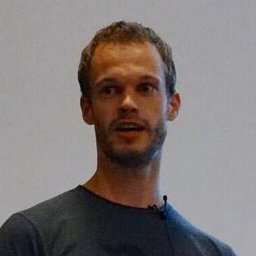
|
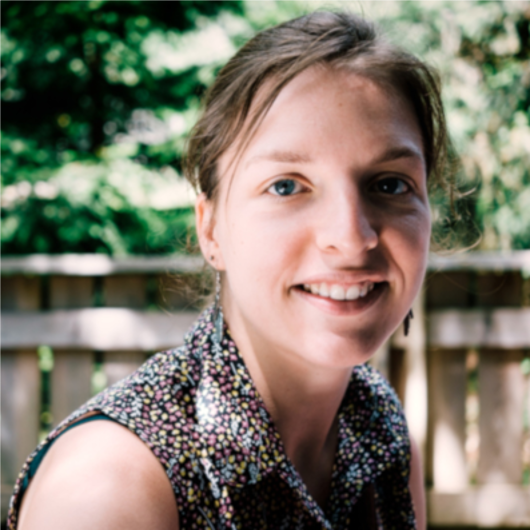
|
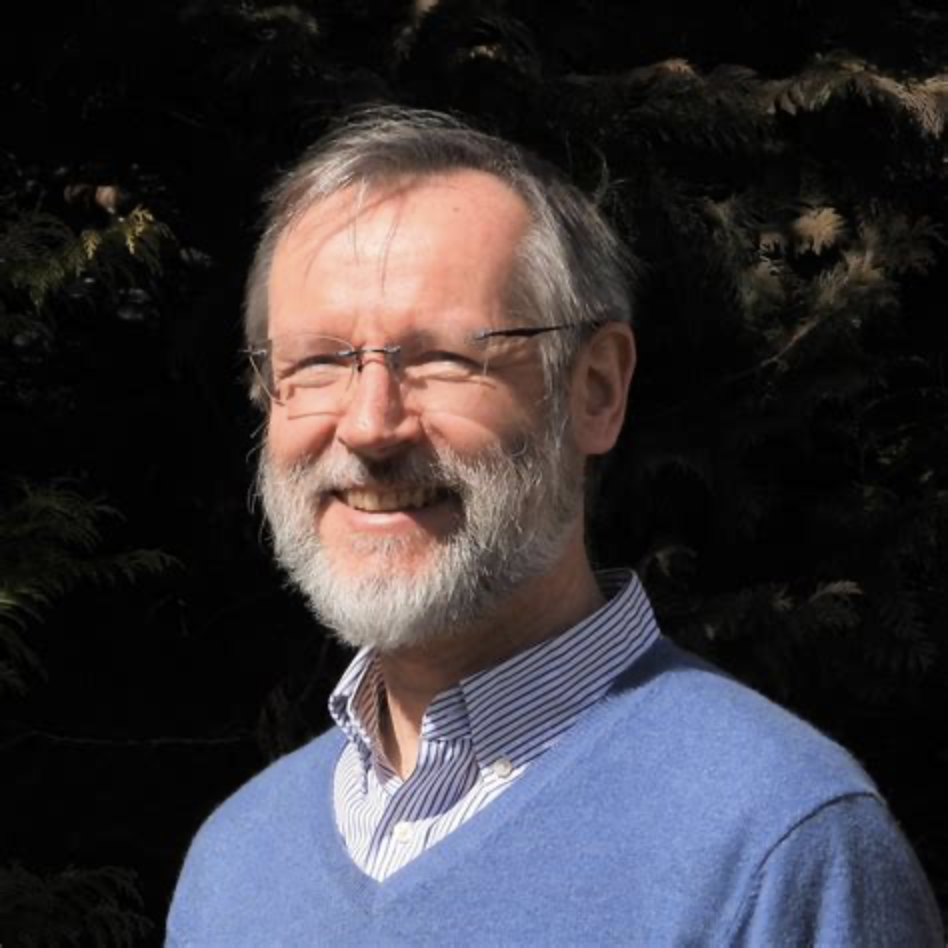
|

|
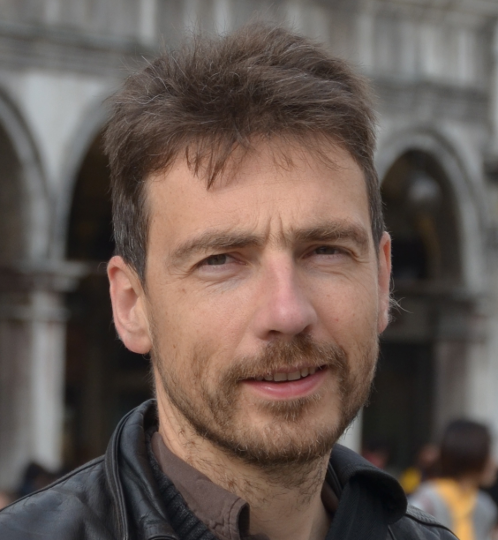
|
| Martin Roelfs | Marylin Keller | Eckhard Hitzer | Shizuo Kaji | Jacques-Olivier Lachaud |
Participants
| Takuya Funatomi | NARA Institute of Science and Technology, Japan |
| Vincent Nozick | Univeristy Gustave Eiffel, France |
| Diego Thomas | Kyushu University, Japan |
| Shizuo Kaji | Kyushu University, Japan |
| Hiroyuki Ochiai | Kyushu University, Japan |
| Jacques-Olivier Lachaud | University of Savoie Mont-Blanc, France |
| Eckhard Hitzer | International Christian University, Japan |
| Georges Papagiannakis | University of Crete / FORTH-ICS, Greece |
| Kanta Tachibana | Kogakuin University, Japan |
| Zhaoyuan Yu | Nanjing Normal University, China |
| Tomas Pajdla | CIIRC - Czech Technical University in Prague, Czech Republic |
| Hideo Saito | Keio University, Japan |
| Geraldine Morin | Université de Toulouse, France |
| Stephane Breuils | Universite Savoie Mont Blanc, France |
| Shohei Hidaka | Japan Advanced Institute of Science and Technology (JAIST), Japan |
| Pascal Monasse | Ecole nationale des ponts et chaussees, France |
| Takuma Torii | Tokyo Denki University, Japan |
| Clement Chomicki | Kyushu University, Japan |
| Marilyn Keller | Technical University of Munich, Germany |
| Martin Roelfs | University of Antwerp, Belgium |
| Akihiro Sugimoto | National Institute of Informatics, Japan |
Program
Contact the organisers if there are any issues with the program.
Sunday 18 May
| 1500 onwards | Check-in |
| 1900-2100 | Welcome banquet - Self Intro (1mn per person) |
Monday 19 May
| 0730-0900 | Breakfast |
| 0900-0915 | Welcoming address - Diego Thomas, Vincent Nozick, Takuya Funatomi |
| 0915-1000 | Research introductions (5 mn by each participant) |
| 1000-1030 | Coffee break |
| 1030-1200 | Research introductions (5 mn by each participant) |
| 1200-1400 | Lunch |
| 1400-1500 | Tutorial 1 - Martin Roelfs |
| 1500-1530 | Coffee break |
| 1530-1630 | Tutorial 2 - Martin Roelfs |
| 1630-1700 | Break |
| 1700-1800 | Breakout session 1 |
| 1800-1930 | Dinner |
| 1930-2030 | EU-style apetizer tasting |
Tuesday 20 May
| 0730-0900 | Breakfast |
| 0900-0915 | Program briefing |
| 0915-1000 | Breakout session 2 |
| 1000-1030 | Cofee break |
| 1030-1200 | Breakout session 3 |
| 1200-1330 | Lunch |
| 1330-1400 | Keynote 1 - Marilyn Keller |
| 1400-1430 | Keynote 2 - Eckhard Hitzer |
| 1430-1500 | Keynote 3 - Shizuo Kaji |
| 1500-1530 | Coffee break |
| 1530-1600 | Keynote 4 - Shohei Hidaka |
| 1600-1630 | Keynote 5 - Jacques-Olivier Lachaud |
| 1630-1800 | Breakout session 4 |
| 1800-1930 | Dinner |
| 1930-2030 | Japan-style apetizer tasting |
Wednesday 21 May
| 0730-0900 | Breakfast |
| 0900-0915 | Program briefing |
| 0915-1000 | Breakout session 4 |
| 1000-1030 | Cofee break |
| 1030-1200 | Breakout session 5 |
| 1200-1330 | Lunch |
| 1330-2045 | Excursion and dinner |
Thursday 22 May
| 0730-0930 | Breakfast and check-out |
| 0930-1000 | Final presentations by each group |
| 1000-1030 | Coffee break |
| 1030-1100 | Group photo |
| 1100-1130 | Final presentations by each group |
| 1130-1200 | Conclusion and wrap-up |
| 1200-1330 | Lunch and end of meeting |